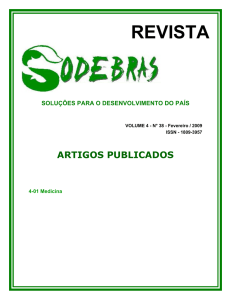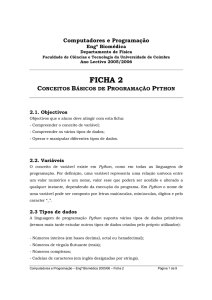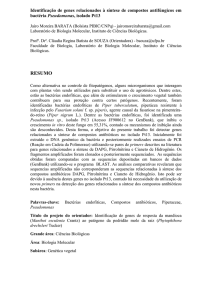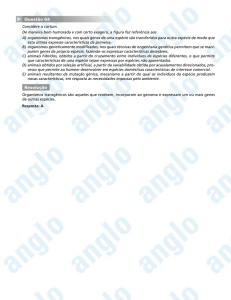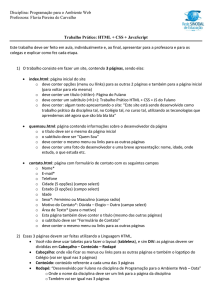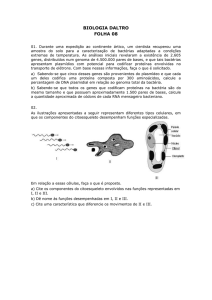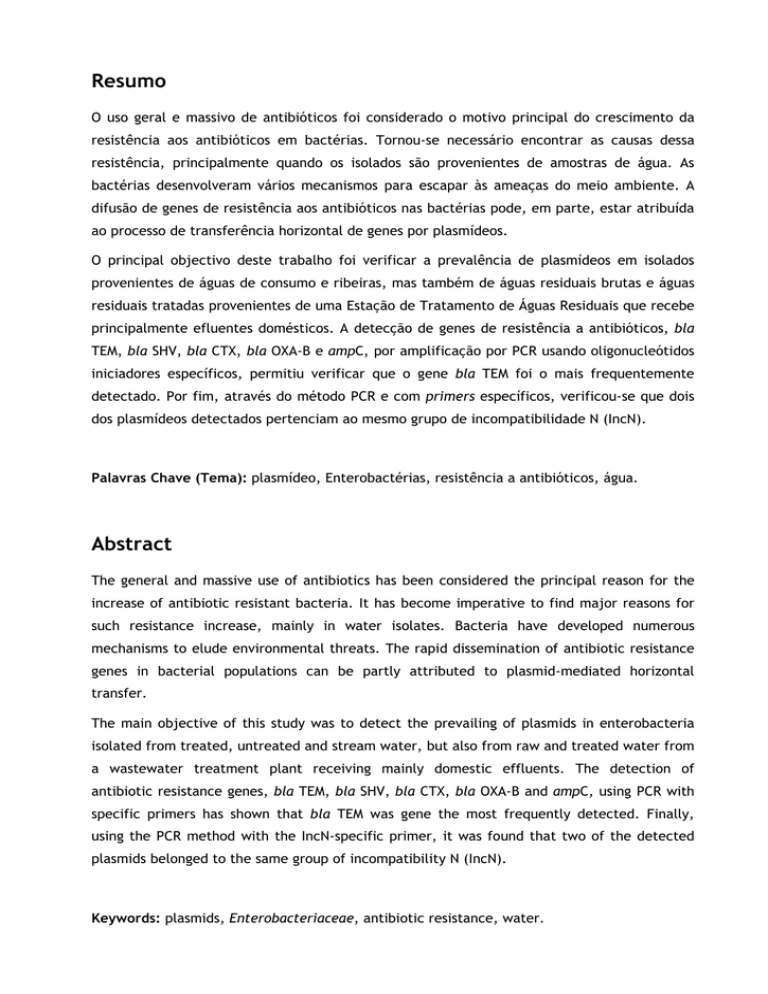
Resumo
O uso geral e massivo de antibióticos foi considerado o motivo principal do crescimento da
resistência aos antibióticos em bactérias. Tornou-se necessário encontrar as causas dessa
resistência, principalmente quando os isolados são provenientes de amostras de água. As
bactérias desenvolveram vários mecanismos para escapar às ameaças do meio ambiente. A
difusão de genes de resistência aos antibióticos nas bactérias pode, em parte, estar atribuída
ao processo de transferência horizontal de genes por plasmídeos.
O principal objectivo deste trabalho foi verificar a prevalência de plasmídeos em isolados
provenientes de águas de consumo e ribeiras, mas também de águas residuais brutas e águas
residuais tratadas provenientes de uma Estação de Tratamento de Águas Residuais que recebe
principalmente efluentes domésticos. A detecção de genes de resistência a antibióticos, bla
TEM, bla SHV, bla CTX, bla OXA-B e ampC, por amplificação por PCR usando oligonucleótidos
iniciadores específicos, permitiu verificar que o gene bla TEM foi o mais frequentemente
detectado. Por fim, através do método PCR e com primers específicos, verificou-se que dois
dos plasmídeos detectados pertenciam ao mesmo grupo de incompatibilidade N (IncN).
Palavras Chave (Tema): plasmídeo, Enterobactérias, resistência a antibióticos, água.
Abstract
The general and massive use of antibiotics has been considered the principal reason for the
increase of antibiotic resistant bacteria. It has become imperative to find major reasons for
such resistance increase, mainly in water isolates. Bacteria have developed numerous
mechanisms to elude environmental threats. The rapid dissemination of antibiotic resistance
genes in bacterial populations can be partly attributed to plasmid-mediated horizontal
transfer.
The main objective of this study was to detect the prevailing of plasmids in enterobacteria
isolated from treated, untreated and stream water, but also from raw and treated water from
a wastewater treatment plant receiving mainly domestic effluents. The detection of
antibiotic resistance genes, bla TEM, bla SHV, bla CTX, bla OXA-B and ampC, using PCR with
specific primers has shown that bla TEM was gene the most frequently detected. Finally,
using the PCR method with the IncN-specific primer, it was found that two of the detected
plasmids belonged to the same group of incompatibility N (IncN).
Keywords: plasmids, Enterobacteriaceae, antibiotic resistance, water.

